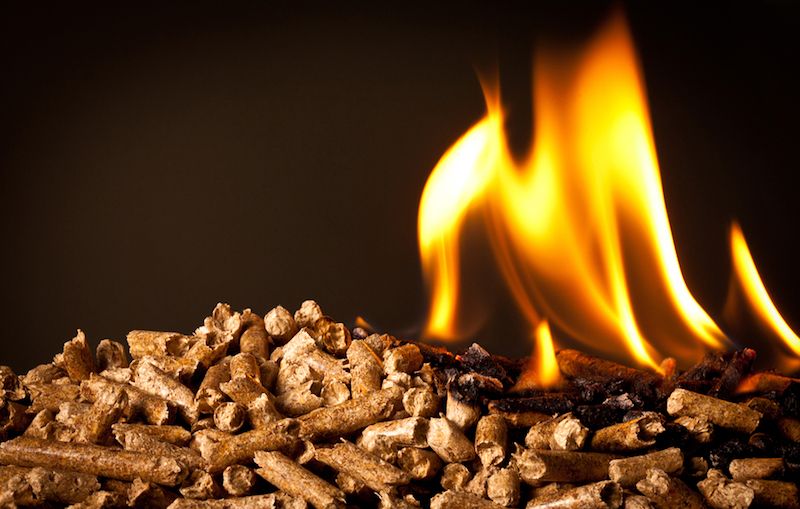The browser you are using is not supported. Please consider using a modern browser.

Should Biomass be Considered Green Energy?

When we think of renewable energy, most people think of self-sustaining, naturally replenished, green energy sources like wind, solar, hydro, etc. What many people don’t know is that wood burning (aka biomass) is actually the largest source of renewable energy in the world and is grouped with all the other renewable energy sources. But, is it truly “green energy”?
By definition, wood burning fits the bill to be considered with all the other renewable energy sources. Trees are planted, cut down, and regrown again. But, it also has many characteristics of fossil fuels that other renewables don’t have. The biggest being CO2 emissions that cause global warming.
Take Britain’s Drax Power Station for example. Once a huge coal energy producing plant, it replaced it coal boilers for wood burning pellets to fit the EU’s renewable energy policy. At the time, it was the greatest carbon-emissions saving project in Europe. However, about 23 million metric tons of carbon emissions go up its stacks and into the atmosphere every year. But because new trees are replanted in the forests that were cut down, the project is considered to be carbon neutral.
The EU’s rationale for this claim? That studies have shown that young trees consume more CO2 than older trees. So, by burning older trees and planting young trees, the project is carbon neutral.
However, more recent studies have shown that this claim isn’t always true. The species of tree, the climate it grew in, and many other factors all affect how much CO2 a tree consumes. Also, the process of chopping the tree into pellets and shipping it can add to the carbon intensity.
The bottom line: There are certain scenarios where wood burning can produce low carbon emissions but certain precautions and regulations must be taken in order for this to happen. The species of wood, the cutting and drying process, the shipping of the pellets and the actual burning needs to be just right to lower the carbon emissions. If these precautions are not taken, wood burning can actually produce more CO2 than coal or natural gas.
A study found that wood pellet burning can actually speed up global warming. This report is backed by over 200 scientists that claim that “bioenergy is not carbon-neutral” and are calling for stricter rules on EU’s renewable energy policy.
The argument on whether or not wood burning is carbon neutral is not always clear. In some situations, it can be close to carbon neutral if the trees that are cut are replaced with the same species, one for one, and all precautions are taken. In others, it can emit more carbon than burning fossil fuels. And, isn’t reducing carbon emissions one of the main reasons for the massive push for more renewable energy in the world?
One thing is for sure… there needs to be stricter regulations on wood burning if we are going to continue to call it carbon neutral across the board. The problem is, these regulations may not come till long after the emissions have already done permanent damage.
